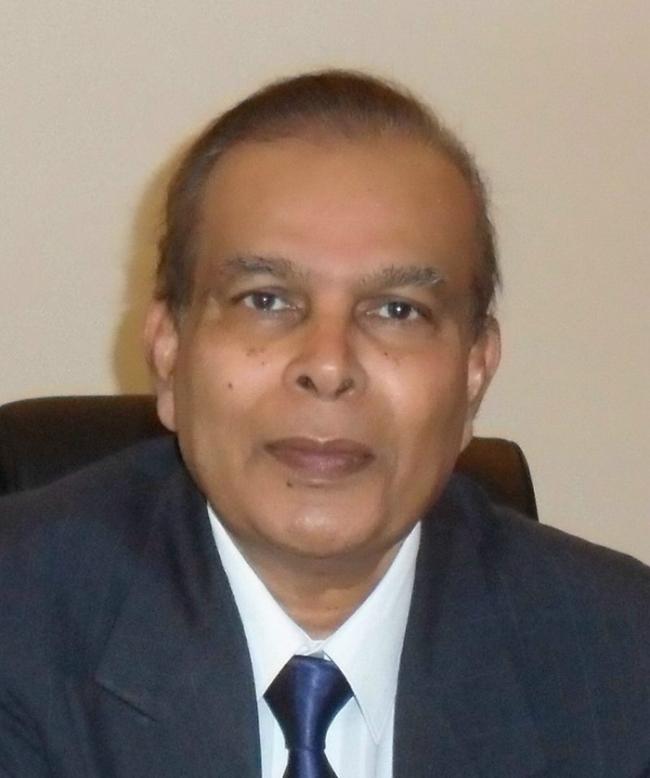Department of State, Washington, DC – March 05, 2015
A. Introduction
Guyana is a transit country for cocaine destined for the United States, Canada, the Caribbean, Europe, and West Africa. Cocaine originating in Colombia is smuggled to Venezuela and onward to Guyana by sea or air. Smugglers also transit land borders with Brazil, Venezuela, and Suriname. Cocaine is often concealed in legitimate commodities and smuggled via commercial maritime vessels, air transport, human couriers, or the postal services.
Department of State, Washington, DC – March 05, 2015
A. Introduction
Guyana is a transit country for cocaine destined for the United States, Canada, the Caribbean, Europe, and West Africa. Cocaine originating in Colombia is smuggled to Venezuela and onward to Guyana by sea or air. Smugglers also transit land borders with Brazil, Venezuela, and Suriname. Cocaine is often concealed in legitimate commodities and smuggled via commercial maritime vessels, air transport, human couriers, or the postal services.
The influence of narcotics trafficking is evident in the political and criminal justice systems. The value of cocaine seized by Guyanese authorities in 2011 (the last year for which statistics are available) totaled $42 million.
Traffickers are attracted by the country’s poorly monitored ports, remote airstrips, intricate river networks, porous land borders, and weak security sector capacity.
B. Drug Control Accomplishments, Policies, and Trends
1. Institutional Development
The Government of Guyana has passed legislation to enable a more-effective response to the threat of drug trafficking. The Anti-Money Laundering and Countering the Financing of Terrorism Act of 2009, the Interception of Communications Bill, and the Criminal Procedure Bill were designed to enhance the investigative capabilities of law enforcement authorities and prosecutors to convict drug traffickers. To date, however, the government has sought no prosecutions under these laws. The United States supports the Government of Guyana’s justice-sector modernization strategy by assisting with case backlog, law reform, and improvements of the operating system of the Director of Public Prosecutions, among other activities.
The Government of Guyana is drafting anti-gang legislation and developing an Integrated Crime Information System to monitor trends in crime through a network linking the Ministry of Home Affairs to the public hospitals, prisons, and police stations. Some police stations in remote areas, however, continue to lack reliable telecommunication service. The government is also drafting a new Drug Strategy Plan (2012-2016), and the government’s Inter-Agency Task Force on Narcotics & Illicit Weapons is reviewing an inception report.
Guyana is party to the Inter-American Convention on Mutual Assistance in Criminal Matters, and the Inter-American Convention Against Corruption. The 1931 Extradition Treaty between the United States and the United Kingdom is applicable to the United States and Guyana. In 2008, Guyana acceded to, and has filed information requests under, the Inter-American Convention on Mutual Assistance in Criminal Matters, to which the United States is also a party. Guyana has bilateral counter-narcotics agreements with its neighbors and the United Kingdom. Guyana is also a member of the Organization of American States’ Inter-American Drug Abuse Control Commission (OAS/CICAD). Guyana signed a maritime counternarcotics bilateral agreement with the United States in 2001, but has yet to take the necessary domestic action to bring the agreement into effect.
2. Supply Reduction
Guyana has a drug enforcement presence at its international airports, post offices, and, to a lesser extent, at port and land-border entry points. The four major agencies involved in anti-drug efforts are the Guyana Police Force (GPF), Guyana Customs and Revenue Authority (GRA), the Customs Anti-Narcotics Unit (CANU), and the Guyana Defense Force (GDF). The GDF supports law enforcement agencies with boats, aircraft and personnel, but has limited capacity and lacks law enforcement authority.
The Guyana Coast Guard (GCG), a GDF sub-component and partner in maritime interdiction, patrols Guyana’s territorial waters and conducts humanitarian search and rescue. In September and October, through the Caribbean Basin Security Initiative (CBSI), Guyana’s security forces received training in port security and container control from the UN Office on Drugs and Crime’s Container Control Program (CCP). The government established a full-time, multi-agency CCP Port Control Unit at the John Fernandes Wharf, one of Guyana’s most active ports.
Not all government agencies/units reported seizure and arrest statistics for 2012. The GPF Narcotics Branch reported seizing 8.6 kilograms (kg) of cocaine with 124 people charged, and 132 MT of cannabis with 540 arrests. The high volume of seized cannabis reflects the increasing trend of farm-grown marijuana for personal use and transshipment. In August, authorities discovered evidence of marijuana cultivation and processing, as well as boats for shipment on a two acre island in the Essequibo River. CANU also seized 92.2 kg of cocaine and 109.4 kg of cannabis. However, these totals do not reflect the full volume of seizures by all Guyanese agencies. The Guyana Revenue Authority’s Drug Enforcement Unit made significant seizures through the Joint Port Control Unit, but did not provide information on quantities during this reporting period.
3. Drug Abuse Awareness, Demand Reduction, and Treatment
Guyana lacks a robust demand reduction strategy that adequately addresses drug rehabilitation. Marijuana is the most widely used drug in Guyana, followed by cocaine. The Guyana National Council for Drug Education, Rehabilitation and Treatment, within the Ministry of Health, is the single government body responsible for addressing demand reduction. Non-governmental organizations, such as the Salvation Army and the Phoenix Recovery Project, also offer rehabilitation services. The University of Guyana initiated a demand reduction curriculum through OAS/CICAD funding. As part of CBSI, the United States supports a Skills and Knowledge for Youth Employment project that provides vulnerable youth with alternatives to drug-related activities and provides skills for transitioning to the work force.
4. Corruption
As a matter of policy, the Government of Guyana does not encourage or facilitate the illicit production or distribution of narcotic or psychotropic drugs or other controlled substances, or the laundering of proceeds from illegal drug transactions.
Guyana is a party to the Inter-American Convention against Corruption, but has not fully implemented provisions, such as the seizure of property obtained through corruption.
C. National Goals, Bilateral Cooperation, and U.S. Policy Initiatives
CBSI forms the central nexus for the United States government’s security and law enforcement relationship with Guyana, with its goals of reducing illicit trafficking, increasing public security; and promoting social justice. Efforts to increase law enforcement capabilities, strengthen workforce development, and promote anti-money laundering effectiveness directly address priority concerns for Guyana and the United States.
CBSI-funded programs support Guyana’s maritime operations by providing interdiction assets, including riverine patrol boats that will be delivered in 2013 and relevant command and control systems, as well as associated logistical support and training. Initiatives also target law enforcement professionalization, forensics, and more effective narcotics investigations. In 2012, the United States provided port and maritime training to Guyana’s Coast Guard, including in container inspection, port security and leadership development. By strengthening Guyana’s counter-narcotics capabilities, the United States seeks to enhance interagency coordination and help gather better intelligence on drug trafficking routes. The U.S. Drug Enforcement Administration’s Trinidad and Tobago office collaborates with the Government of Guyana on counternarcotics-related activities.
D. Conclusion
The United States encourages the Government of Guyana to deepen mutual security and law enforcement cooperation. Guyana has shown strong interest in furthering collaboration under CBSI. The United States looks forward to tangible progress on investigations, prosecutions, extraditions, security sector and judicial capacity enhancement, the engagement of at-risk communities, and enforcement of laws against money laundering and financial crimes.




